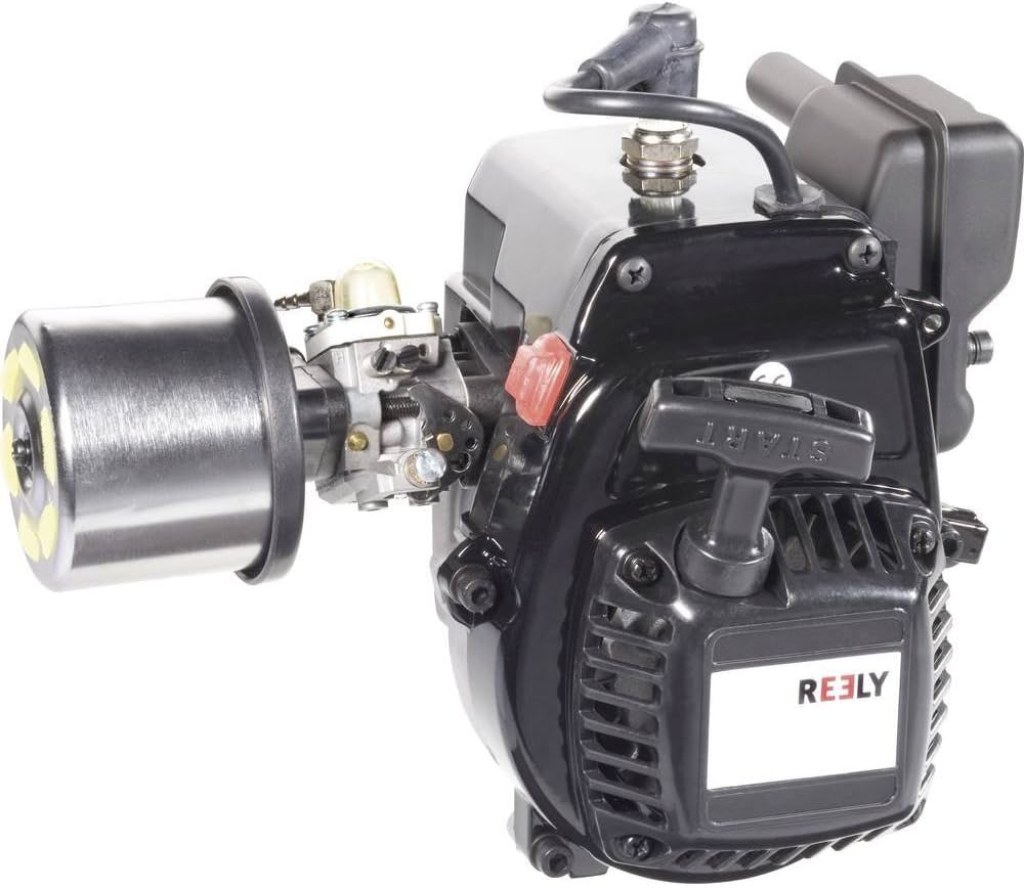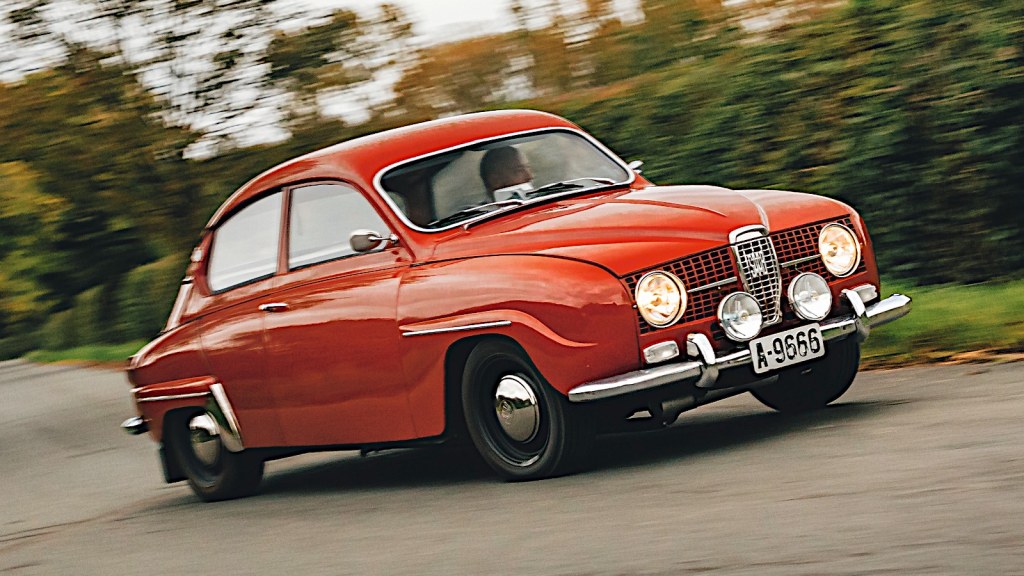Unleash The Power Of Petrol Car 2-Stroke Engines: Your Ultimate Guide To Superior Performance And Efficiency!
Petrol Car 2 Stroke: The Efficient and Powerful Choice for Automotive Enthusiasts
Greetings, Readers! Today, we will delve into the fascinating world of petrol car 2 stroke engines. These engines have long been the preferred choice for automotive enthusiasts seeking unparalleled power and efficiency. In this article, we will explore what petrol car 2 stroke engines are, who can benefit from them, when they were first introduced, where they are used, why they are so popular, and how they work. Get ready to dive into the world of petrol car 2 stroke engines and discover why they continue to captivate car enthusiasts worldwide.
What are Petrol Car 2 Stroke Engines? 🚗
3 Picture Gallery: Unleash The Power Of Petrol Car 2-Stroke Engines: Your Ultimate Guide To Superior Performance And Efficiency!



Petrol car 2 stroke engines, also known as two-stroke engines, are internal combustion engines that complete a power cycle in just two strokes of the piston, namely the compression stroke and the combustion/power stroke. Unlike their four-stroke counterparts, these engines do not have an additional intake and exhaust stroke. This design allows them to deliver higher power output and torque compared to four-stroke engines of the same size.
2 stroke engines employ a combination of petrol and oil, which is mixed together and injected into the combustion chamber. This mixture is ignited, resulting in the release of energy that powers the vehicle. With their simple design and fewer moving parts, petrol car 2 stroke engines offer a lightweight and cost-effective solution for various applications.
Who Can Benefit from Petrol Car 2 Stroke Engines? 🌍

Image Source: media-amazon.com
Petrol car 2 stroke engines find their application in a wide range of vehicles and machinery, making them suitable for different types of users:
1. Automotive Enthusiasts: The high power-to-weight ratio and quick acceleration of 2 stroke engines make them a popular choice among car enthusiasts, especially in motorsports and high-performance vehicles.

Image Source: classicandsportscar.com
2. Boaters: Due to their compact size and lightweight design, petrol car 2 stroke engines are commonly used in boats and personal watercraft, providing reliable and efficient propulsion in marine environments.
3. Motorcyclists: Many motorcycles, particularly off-road bikes, utilize 2 stroke engines for their agility, power, and ease of maintenance.
4. Power Tools: From chainsaws to leaf blowers, the lightweight nature of 2 stroke engines makes them ideal for powering various handheld and portable power tools.

Image Source: classicandsportscar.com
Whether you’re a racing enthusiast, a boat owner, a motorcycle rider, or someone in need of a reliable power tool, petrol car 2 stroke engines offer a compelling choice.
When Were Petrol Car 2 Stroke Engines First Introduced? 📅
The concept of the two-stroke engine dates back to the 19th century, with its development credited to German engineer Karl Benz in the late 1870s. However, it was Scottish engineer Dugald Clerk who improved and popularized the design in the early 20th century. Since then, petrol car 2 stroke engines have undergone numerous advancements, resulting in increased efficiency, reduced emissions, and improved durability.
Where are Petrol Car 2 Stroke Engines Used? 🌎
Petrol car 2 stroke engines are utilized in various industries and applications worldwide:
1. Automotive Industry: While four-stroke engines dominate the automotive industry, 2 stroke engines are still used in select high-performance vehicles, particularly in motorsports.
2. Marine Industry: From small recreational boats to large commercial vessels, petrol car 2 stroke engines are commonly found in marine applications due to their compact size, lightweight, and high power output.
3. Recreational Vehicles: Snowmobiles, jet skis, and all-terrain vehicles (ATVs) often rely on 2 stroke engines for their lightweight and powerful performance.
4. Power Tools: Chainsaws, weed eaters, and other handheld power tools are frequently powered by petrol car 2 stroke engines, as they offer the necessary power-to-weight ratio for efficient operation.
Regardless of the industry or application, petrol car 2 stroke engines are trusted for their power, efficiency, and reliability.
Why are Petrol Car 2 Stroke Engines So Popular? 🌟
There are several reasons why petrol car 2 stroke engines continue to captivate the automotive world:
1. Power and Performance: 2 stroke engines offer higher power output compared to their four-stroke counterparts, making them a preferred choice in motorsports and other high-performance applications.
2. Lightweight Design: With fewer moving parts and a simpler design, petrol car 2 stroke engines are significantly lighter than four-stroke engines of similar specifications. This weight advantage contributes to better power-to-weight ratios and improved handling.
3. Cost-effective: The simplicity of 2 stroke engines results in lower manufacturing costs, making them a cost-effective solution for various industries.
4. Easy Maintenance: Due to their fewer parts, petrol car 2 stroke engines are easier to maintain and repair, requiring less time and effort compared to four-stroke engines.
5. Compact Size: The compact nature of 2 stroke engines allows for better space utilization, making them an ideal choice for applications where size is a constraint.
These advantages, combined with their distinctive sound and exhilarating performance, have contributed to the enduring popularity of petrol car 2 stroke engines.
How Do Petrol Car 2 Stroke Engines Work? ⚙️
Petrol car 2 stroke engines operate on a unique cycle that involves the following steps:
1. Intake: As the piston moves upward during its first stroke, a mixture of petrol and oil is drawn into the crankcase through an intake port.
2. Compression: As the piston moves downward, it compresses the fuel-air mixture in the crankcase.
3. Combustion/Power: Once the piston reaches the bottom of its stroke, the compressed mixture is ignited by a spark plug. The resulting explosion forces the piston back up, delivering power to the crankshaft.
4. Exhaust: As the piston reaches the top of its second stroke, the exhaust gases are expelled through the exhaust port.
5. Repeat: The process repeats as the piston moves back down to intake more fuel-air mixture, completing the two-stroke cycle.
Advantages and Disadvantages of Petrol Car 2 Stroke Engines 👍👎
Like any other engine type, petrol car 2 stroke engines come with their own set of advantages and disadvantages:
Advantages:
1. High Power Output: Petrol car 2 stroke engines deliver impressive power-to-weight ratios, making them ideal for applications that require quick acceleration and high performance.
2. Compact and Lightweight: The simple design of 2 stroke engines results in a smaller and lighter engine, allowing for better space utilization and improved handling.
3. Cost-effective: Due to their fewer parts, 2 stroke engines are generally less expensive to manufacture and maintain.
4. Simplicity: With fewer moving parts, petrol car 2 stroke engines are easier to repair and maintain compared to four-stroke engines.
5. Quick Start: 2 stroke engines are known for their easy and quick starting, making them convenient for users.
Disadvantages:
1. Higher Fuel Consumption: Petrol car 2 stroke engines typically consume more fuel compared to four-stroke engines, resulting in reduced fuel efficiency.
2. Increased Emissions: Due to the combustion of fuel and oil mixtures, 2 stroke engines tend to produce higher levels of exhaust emissions compared to four-stroke engines.
3. Lubrication Requirements: Unlike four-stroke engines, 2 stroke engines require oil to be mixed with the fuel in specific ratios to ensure proper lubrication.
4. Limited Application: While 2 stroke engines are versatile, they are not suitable for all applications. Four-stroke engines are often preferred for applications that require high fuel efficiency and low emissions.
Frequently Asked Questions (FAQ) ❓
1. Are petrol car 2 stroke engines environmentally friendly?
While petrol car 2 stroke engines tend to produce higher emissions compared to four-stroke engines, advancements in technology have led to the development of cleaner and more efficient 2 stroke engines. However, for applications that prioritize low emissions, four-stroke engines are often the preferred choice.
2. Can I use regular petrol in a 2 stroke engine?
No, petrol car 2 stroke engines require a specific oil-to-fuel mixture. It is crucial to follow the manufacturer’s recommendations and mix the oil and petrol in the correct ratio to ensure proper lubrication and engine performance.
3. Do petrol car 2 stroke engines require more maintenance compared to four-stroke engines?
While petrol car 2 stroke engines are generally easier to maintain due to their simpler design, they do require regular maintenance, including checking and adjusting the fuel-oil mixture, cleaning the air filter, and inspecting the spark plug.
4. Can I convert a petrol car 4 stroke engine to a 2 stroke engine?
Converting a petrol car 4 stroke engine to a 2 stroke engine is not recommended. The two engine types have fundamental design differences, and such a conversion would require extensive modifications and engineering expertise.
5. Are petrol car 2 stroke engines more powerful than four-stroke engines?
Generally, petrol car 2 stroke engines offer higher power output and torque compared to four-stroke engines of the same size. However, advancements in four-stroke engine technology have led to the development of high-performance engines that can rival the power output of 2 stroke engines.
Conclusion: Embrace the Power of Petrol Car 2 Stroke Engines 🏁
In conclusion, petrol car 2 stroke engines have stood the test of time and continue to captivate automotive enthusiasts with their powerful performance and efficiency. From motorsports to marine applications and power tools, these engines offer a compact, lightweight, and cost-effective solution for various industries. While they have their advantages and disadvantages, the unique combination of power, simplicity, and exhilaration that 2 stroke engines provide is unmatched.
So, whether you’re a racing enthusiast seeking adrenaline-pumping acceleration or a watercraft owner in need of reliable propulsion, consider embracing the power of petrol car 2 stroke engines. It’s time to experience the thrill and excitement that these engines bring to the world of automotive engineering.
Final Remarks: Exploring the World of Petrol Car 2 Stroke Engines ✨
Throughout this article, we have explored the fascinating world of petrol car 2 stroke engines. From their inception to their widespread applications, we have unearthed the reasons behind their popularity and the advantages they offer. However, it is essential to note that while petrol car 2 stroke engines have their benefits, they may not be suitable for every situation.
Before considering a petrol car 2 stroke engine, make sure to evaluate your specific needs and requirements. Consider factors such as fuel efficiency, emissions regulations, and maintenance costs. Additionally, always follow the manufacturer’s guidelines for mixing fuel and engine oil to ensure optimal performance and longevity.
As technology continues to evolve, we can expect further advancements in petrol car 2 stroke engines, addressing concerns related to emissions and fuel consumption. Until then, let us appreciate the power, simplicity, and excitement that these engines bring to the world of automotive engineering.
This post topic: Fuel Efficiency Tips

